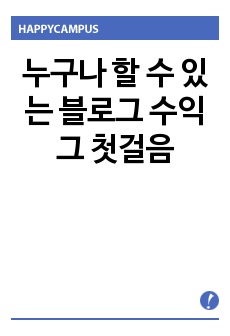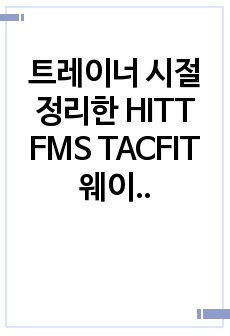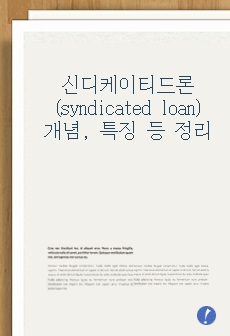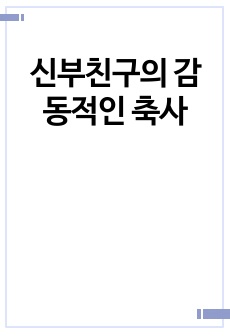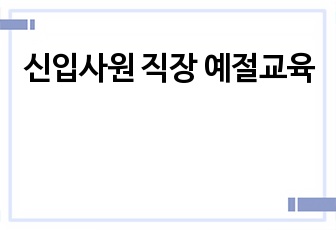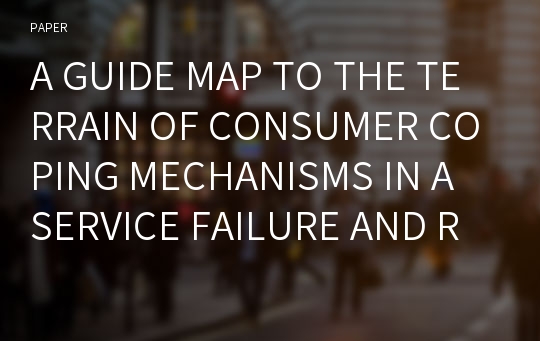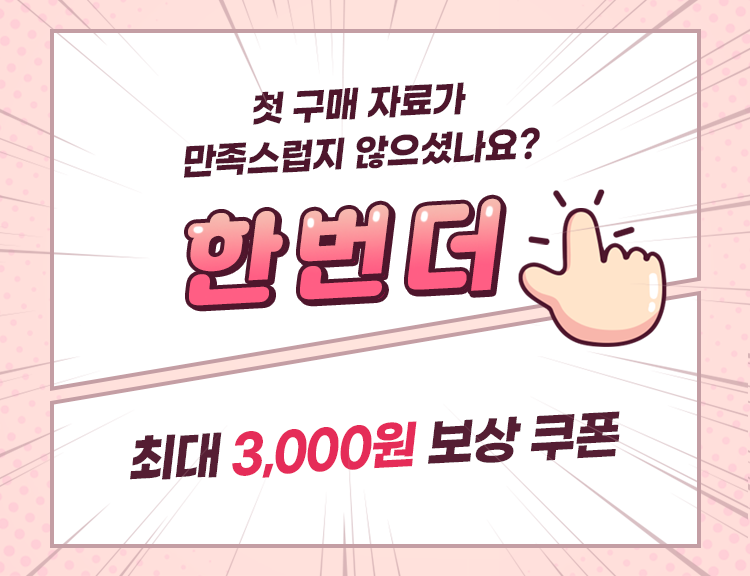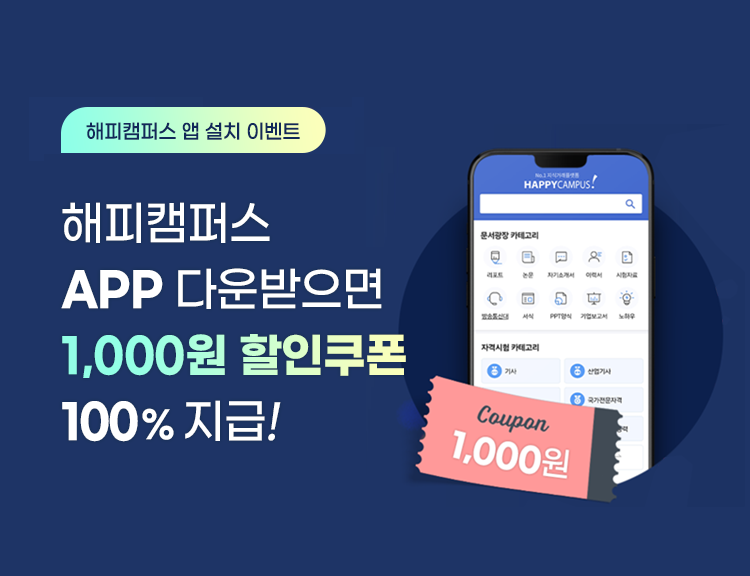A GUIDE MAP TO THE TERRAIN OF CONSUMER COPING MECHANISMS IN A SERVICE FAILURE AND RECOVERY CONTEXT
* 본 문서는 배포용으로 복사 및 편집이 불가합니다.
서지정보
ㆍ발행기관 : 글로벌지식마케팅경영학회(GFMC)
ㆍ수록지정보 : Global Marketing Conference
ㆍ저자명 : Claire Haesung Whang, Hye-Young Kim
ㆍ저자명 : Claire Haesung Whang, Hye-Young Kim
영어 초록
Introduction The term “coping”refers to the actions or thoughts that people use to deal with stressful encounters (Folkman, Lazarus, Gruen, & DeLongis, 1986). Coping strategies are adopted to change the stressed person-environment relationship by either confronting and/or by regulating the emotions (Lazarus & Folkman, 1987). Research focusing on coping mechanisms has been a prolific area of study, emerged from a wide range of disciplines including psychology, sociology, and anthropology. However, for marketing researchers, questions still remain about the issue of how coping strategies are manifested in everyday consumption contexts. This represents an important area of research in that consumer coping behavior can determine critical post-purchase outcomes such as re-patronage intention, repurchase intention, and word of mouth (Raghunathan & Pham, 1999). When a service failure occurs, consumers frequently experience negative emotions and make decisions under emotionally taxing conditions (Yi & Baumgartner, 2004). Numerous scholars have made attempts to understand various consumption-related emotions and subsequent conditions corresponding to them (e.g., Raghunathan & Pham, 1999; Richins, 1997; Sujan et al., 1999). However, despite the large volume of studies focusing on consumer emotions, very few studies have examined the relationships between negative emotions with consumer coping strategies (Yi & Baumgartner, 2004). With that in mind, the primary aim of this conceptual paper was to propose a model that delineates consumer coping mechanisms derived from negatives emotions in a service failure and recovery context. Conceptual Model Coping strategies are closely linked with an individual’s attempt to manage a given stressful environment (Lazarus, 1991). Lazarus and Folkman (1984) defined coping as “constantly changing cognitive and behavioral efforts to manage specific external and/or internal demands that are appraised as taxing or exceeding the resources of the person”(p. 141). Menaghan (1983, p. 159) defined coping efforts as “specific actions (covert or overt) taken in specific situations that are intended to reduce a given problem or stress.”Duhachek (2005) defined coping construct as “the set of cognitive and behavioral processes initiated by consumers in response to emotionally arousing, stress inducing interactions with the environment aimed at bringing forth more desirable emotional states and reduced levels of stress.”Thus, the key aspects of coping includes a consequence of emotion, a dynamic process, and behavior and emotional domains of consumer responses (Duhachek, 2005). Implicit in this conceptualization is the idea that links the emotions aroused from a particular circumstance, coping strategies, and subsequent behaviors. As shown in Figure 1, our conceptual model classifies a wide range of negative emotions generated by a service failure that are linked to a set of consumer coping strategies. This will in turn influence subsequent consumer post-purchase behaviors. The behaviors will be either retaliatory (vindictive WOM, brand switching, complaining) or conciliatory (positive WOM, re-patronage intention, repurchase intention) responses. Related Literature When an individual encounters a stressful event, different negative emotions are triggered according to one’s distinct appraisals of the situation (Lazarus, 1991). These appraisals, in turn, affect how the consumer responds to the situation emotionally and behaviorally. These emotions remain powerful until the emotion eliciting problems are resolved. Proposition 1. Cognitive appraisal of the service failure situation evokes negative emotions. While some studies use combined negative emotions to explain resultant consumer behavior, others suggest separate emotion inventories (Lerner & Keltner, 2001) as different emotions trigger huge variation in cognition. Consumer negative emotions that are associated with a service failure condition can be categorized into several subsets (Watson & Clark, 1992). Many studies have utilized a limited number of negative emotions to explain consumer behavior in a service failure context (Nguyen & McColl-Kennedy, 2003). Bonifield and Cole (2006) used an appraisal-tendency framework to predict the underlying mechanism of anger and regret, associated with consumers’appraisals about service failure and their effects on post-purchase behaviors. Yi and Baumgartner (2004) focused on four negative emotions of anger, disappointment, regret, and worry in a purchase context to investigate their linkages to consumer coping strategies. Further, Tronvoll (2011) identified a set of negative emotions experienced in unfavorable service experiences leading to consumer complaint such as shame, sadness, fear, anger, and frustration. Although some marketing theorists consider the emotion of frustration to be an overlap with anger, they can be distinct emotions, especially in the context of service failure, because blaming someone else is different from blaming no particular others (Roseman, 1991). Therefore, the subsequent behavior and adapting coping strategy may differ. Thus, this study distinguished frustration separated from anger. Building on the aforementioned research, this study identified five different categories of negative emotions that are frequently found in a purchase-related situation: anger, frustration, disappointment, regret, and anxiety. Anger associates with feeling of attacking someone or yelling, resulting from an individual to be blamed on of the situation (Lazarus, 1991). Frustration tends to occur when people attribute a goal incongruent event to situational factors (Roseman, 1991). Disappointment refers to the feeling occurred due to the outcome insufficient to meet the expectation (Ortony et al., 1988). Regret is evoked when alternative option seems to be better than the selected one (Zeelenberg et al., 1994). Anxiety is linked to uncontrollable circumstances that are not directly under the purview of the provider or the customer (Ruth, Brunel, & Otnes, 2002). Proposition 1-1. Consumer negative emotions associated with a service failure situation are categorized into anger, frustration, disappointment, regret, and anxiety. Appraisal theorists contend that people use different coping strategies to reduce negative emotions accordingly (Lazarus 1991). In this study, consumer coping strategies were categorized into engagement (problem-focused, emotion-focused) and disengagement categories. Coping strategies in the engagement category involves individuals actively trying to manage, control, or change both problem- and emotion-focused aspects of the stressful person and/or environment transaction (Tobin et al., 1989). Problem-focused coping occurs when an individual tries to manage the source of the stress. Emotion-focused coping refers to where the individual changes the meaning of the event or regulates the expressing emotions (Lazarus & Folkman, 1984). In the disengagement category, mental disengagement strategy involves doing other things to take one’s mind off the problem, denial (refusing to believe that something has happened), distancing (refusing to think about the problem), and escape/avoidance (wishing problem would go away or somehow be over with). On the other hand, behavioral disengagement strategy involves consumers deciding to give up further action as nothing can be done about the situation. They acknowledge that a goal cannot be reached and that further efforts are futile. As the mechanism behind each type of coping strategy differs, the negative emotions generated from varying conditions are linked accordingly. Since anger arises from appraisals of other-responsibility, angry consumers often manifest in confrontive coping, aggressive action towards the blameworthy organization (Smith & Bolton, 2002). With respect to frustration, one is more likely to foster support-seeking coping as this does not imply blame attribution to a particular person or organization (Roseman, 1991), Further, previous work has suggested that person-related disappointment tends to result in confrontive coping behaviors such as direct complaining (Zeelenberg & Pieters, 2004) and behavioral disengagement (Yi & Baumgartner, 2004). On ther other hand, complaining about it or telling others is unlikely take place for regret as this may highlight he or she mistake (Zeelenberg & Pieters, 2004). Lastly, anxiety tends to be associated with escape behaviors (Roseman, Antoniou, & Jose, 1996). Thus, anxiety consumers often are linked with emotion-focused coping such as mental disengagement. In addition, more proactive, problem-focused coping is likely to take place as stated in some other studies (Yi & Baumgatner, 2004). Proposition 2. Negative emotions have differential impacts on consumer coping strategies. Service failure literature indicates that negative emotions influence diverse retaliatory responses. Romani Grappi and Dalli (2012) contended that negative emotions of anger, discontent, dislike, embarrassment, sadness, and worry are associated with behaviors such as switching, complaining, and negative word of mouth. Maute & Dubé(1999) also indicated that customer anger is liked to exit and negative WOM. Likewise, Blodgett et al. (1999) similarly suggested that consumers are prone to spread negative word of mouth when they perceive service failure. However, even if a particular coping strategy is activated, depending on the strategy applied, the subsequent behavior can be changed. Many researchers indicated that when a service failure is not recovered, it is more likely to lead to negative WOM and complaining behavior (Anderson, 1998). Especially, WOM behavior is more emotion-driven responses (Sundaram, Mitra, and Webster, 1998). Therefore, vindictive WOM behavior is more likely to occur when the emotions are not handled properly. In addition, Kau and Loh (2006) stated that dissatisfied customers who do not directly complain to the firm about their negative experiences may not only engage in vindictive word of mouth behavior, but also switch to another brand. Sabharwal, Soch and Kaur (2010) also suggested that dissatisfied non complaints are likely to exit the service provider more easily resulting in brand switching. Bonifield and Cole (2007) identified conciliatory behaviors to include positive WOM, willingness to return to a service provider, and feeling sympathy for the service provider. Blodgett et al. (1993) suggested that when service failure is recovered, positive word of mouth will take place. Voight (2007) revealed that when certain platform is provided for customers to express their feeling regarding their purchase, customer loyalty increases. Proposition 3. Coping strategies lead to either retaliatory responses or conciliatory responses. Proposition 3-1. Disengaging coping strategies are associated with vindictive WOM, brand switching, complaining behavior more than engaging coping strategies. Proposition 3-2. Engaging coping strategies are associated with positive WOM, re-patronage intention, re-purchase intention. Additionally, our model proposes two individual characteristics as moderators: self-efficacy and self-band connection. Especially, those with high self-brand connection are assumed to counter-argue negative brand information in a service failure situation as this concept captures a strong “self”relevant emotive tie between the brand and the consumer (Escalas, 2004). We contend that these consumers would use prior brand knowledge to neglect their negative emotions and make more brand favoring attributions following service failure. Therefore, depending on the the previous connection with the brand performing the service failure, corresponding coping strategy may change. As self-efficacy relates to the belief that an adequate coping response is available, both factors should relate to the strategies consumers use to cope (Sujan et al., 1999). Proposition 4. Individual characteristics such as self-efficacy and self-brand connection moderates the relationships between negative emotions and coping strategies. Conclusions This paper integrates a broad range of literature into a conceptual framework that delineates consumer coping strategies in a service failure and recovery context. In so doing, the model establishes clear categories for classifying negative emotions consumers experience in a service failure situation into testable elements, and it is argued that although the concept of coping is not a simple one, it should be central to any examination of the service failure and recovery phenomenon. Also, the proposed model considers where marketers’recovery efforts should be directed by describing the ways in which consumers cope with a service failure. How a firm responds to its customers when a service failure occurs can say more about that firm than any other customer interaction. If handled well, it can cultivate emotionally intense relational outcomes. However, if the firm handles the situation badly, it may cause highly negative reactions with customers taking their feedback to online reviews and social media conversations in a way that can seriously damage the firm’s reputation. Future research is needed to empirically test and extend the proposed model. Further empirical research in a particular service setting would advance marketing research as well as be of great managerial significance.참고 자료
없음"Global Marketing Conference"의 다른 논문
 THE ROLES OF GREEN PACKAGING IN UGLY FOOD PURCHASE INTE..22페이지
THE ROLES OF GREEN PACKAGING IN UGLY FOOD PURCHASE INTE..22페이지 THE IMPACT OF INDUCED AWE ON ETHICAL TOURIST BEHAVIORS5페이지
THE IMPACT OF INDUCED AWE ON ETHICAL TOURIST BEHAVIORS5페이지 A BIBLIOMETRIC ANALYSIS OF SPIRITUAL TOURISM RESEARCH15페이지
A BIBLIOMETRIC ANALYSIS OF SPIRITUAL TOURISM RESEARCH15페이지 SOCIAL NETWORK ANALYSIS AND RESPONSE TIME TESTING: CONS..11페이지
SOCIAL NETWORK ANALYSIS AND RESPONSE TIME TESTING: CONS..11페이지 THE EFFECTS OF PARA-SOCIAL INTERACTION ON ONLINE CELEBR..3페이지
THE EFFECTS OF PARA-SOCIAL INTERACTION ON ONLINE CELEBR..3페이지 THE INFLUENCE OF OPINION LEADERS ON DAILY DEALS USER’S ..3페이지
THE INFLUENCE OF OPINION LEADERS ON DAILY DEALS USER’S ..3페이지 HOW IMMERSIVE RETAILING AFFECTS CONSUMERS’ URGE TO BUY:..6페이지
HOW IMMERSIVE RETAILING AFFECTS CONSUMERS’ URGE TO BUY:..6페이지 KEY TO SUPERSTARDOM IN A GLOBALISED MARKET: THE ROLE OF..6페이지
KEY TO SUPERSTARDOM IN A GLOBALISED MARKET: THE ROLE OF..6페이지 A POST-PANDEMIC LOOK AT TOURISTS’ PERCEIVED COOLNESS OF..4페이지
A POST-PANDEMIC LOOK AT TOURISTS’ PERCEIVED COOLNESS OF..4페이지 EXTRACTING OFFLINE RETAIL SHOPPING PATTERNS: OLLABORATI..5페이지
EXTRACTING OFFLINE RETAIL SHOPPING PATTERNS: OLLABORATI..5페이지











